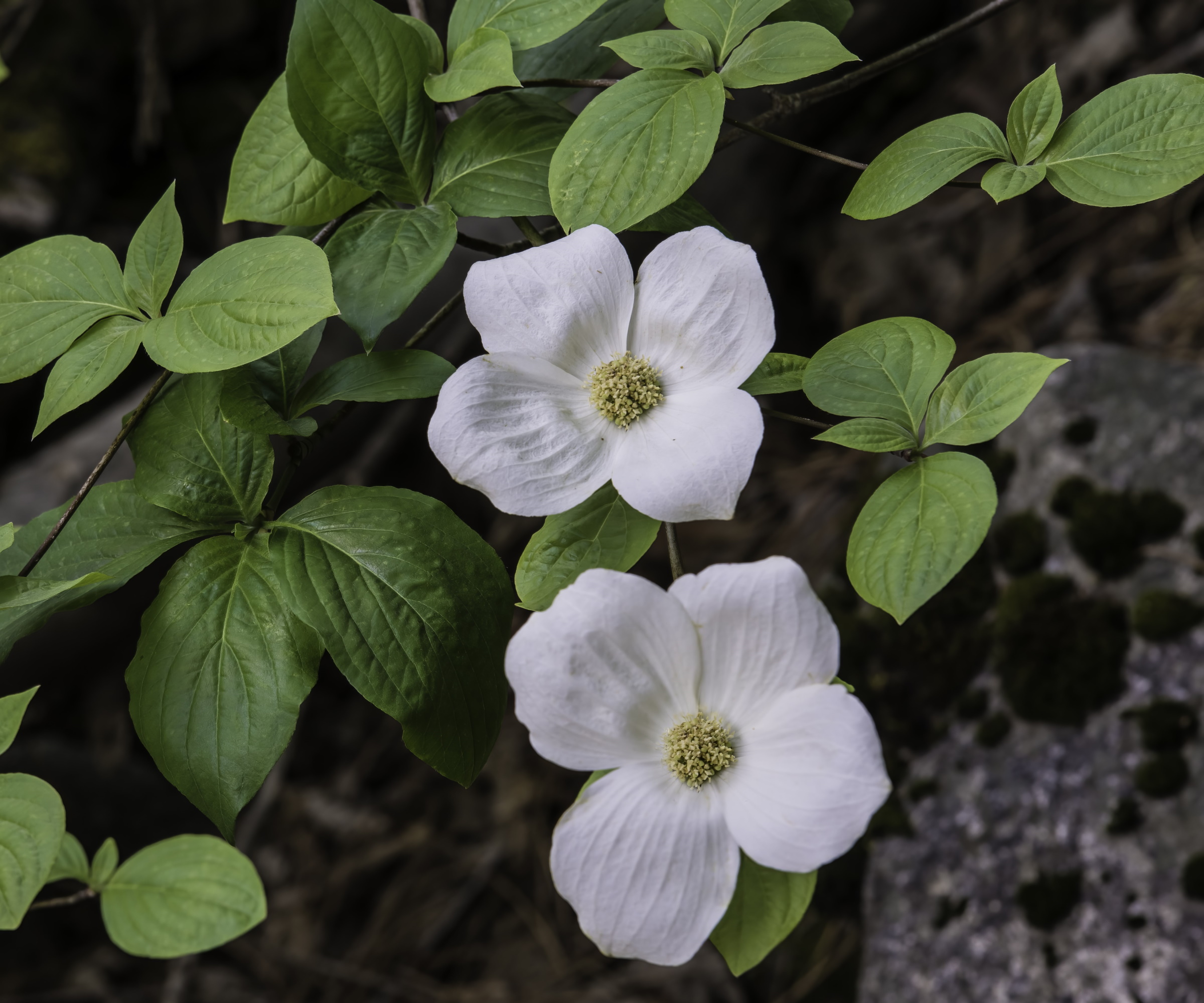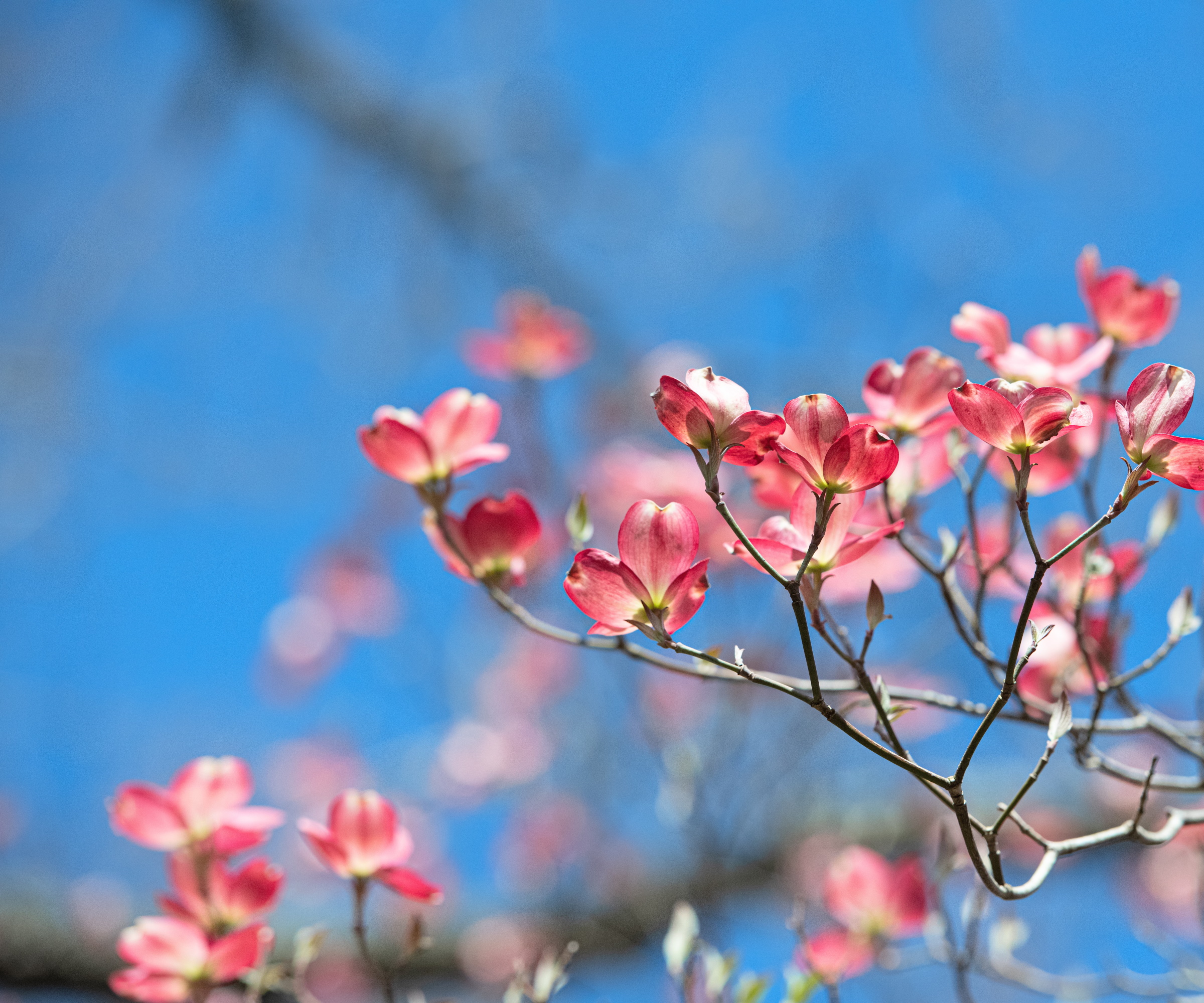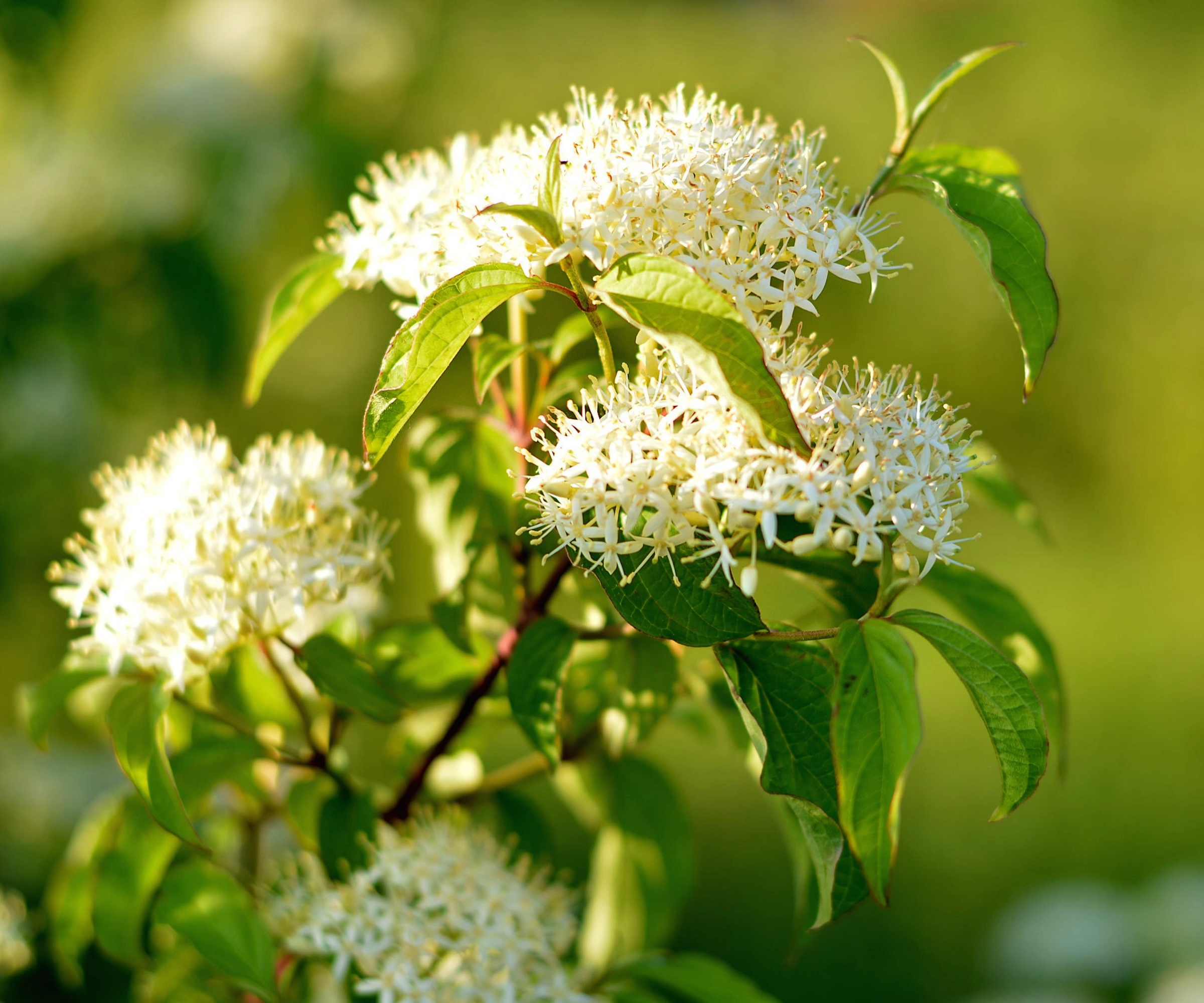
Dogwoods are small to medium-sized shrubs and trees, popular with gardeners for their attractive foliage and striking flowers. The four-petalled flowers can vary in color, with many of the best native dogwood trees producing white, yellow, or pink blooms, filling yards with beautiful blooms in spring and summer.
When considering how to care for dogwood trees and shrubs, fertilizing can help to improve flowering and foliage production, while also encouraging trees to establish a strong root network. The trick, however, is knowing how and when to fertilize dogwoods for the best results. Whether you have a large, old dogwood tree at the bottom of the backyard or growing flowering dogwood trees in pots, learning how and when to fertilize is key.
Here, gardening experts share best practice advice for those gardeners seeking to feed dogwoods in their borders and container displays this year.

How and when to fertilize dogwoods
Fertilizing trees and shrubs can result in better flower and foliage production. Knowing how and when to fertilize dogwoods for the best results is crucial, and it is important to understand which fertilizer to use for dogwoods that are established, newly planted, or grown in a container.
When to fertilize dogwoods

Timing is crucial when feeding dogwoods, considered by many gardeners to be some of the best trees for small gardens. For example, if gardeners reach for the fertilizer at the wrong time and feed dogwood trees in late fall, this could cause a surge of new growth at the wrong time. New growth that is produced too late in the growing season will cause your plants or shrubs to waste energy, and any new foliage that emerges will quickly drop when the temperatures fall.
The best time to feed dogwood trees is in spring, just as new leaves are beginning to unfurl. It is best to wait until after the last frost, which can occur in late April in some regions, depending on your US hardiness zone. As the temperatures begin to rise, you will notice trees and shrubs begin to produce lush green foliage. As new leaves begin to emerge, this is the right time to fertilize.
How to fertilize dogwoods

For larger, established dogwood trees, it might not be necessary to fertilize. If your tree is producing a large amount of healthy leaves and flowers, do not feed your dogwood. This is because larger shrubs and trees can typically get what they need from the soil, with large extended root networks.
If you feel you must fertilize established dogwood trees, you can apply an acid-forming fertilizer that is suited for azaleas, rhododendrons, or camellias. Many products are available in garden stores or online, such as this acid-forming plant feed from Walmart. I would recommend using a light amount of feed, applying it to the surface of the soil, and operating within a 5 to 7-foot radius around your large shrub or tree.
For smaller, or newly planted dogwood trees, it is best to first check the pH of your soil, using a soil test available from Walmart. Knowing the pH of your soil will determine how you feed and maintain your plant. For example, if your soil is neutral or slightly alkaline, regular application of acid-forming fertilizer will help to keep your dogwood in good shape, although when considering how to choose a tree, I would always suggest only planting shrubs and trees that are suited to your soil conditions.
When considering how to plant a tree, it is a good idea to feed your new dogwood at the time of planting, then again the following spring, and once again three months later in the summer. While your shrub or tree is young, it is a good idea to stimulate root formation and development, and fertilizing can help to do this.
When planting, combine a small amount of acid-forming feed with your soil, mixing to combine it. The same fertilizer can then be used to sprinkle on top of the soil in the spring and summer, which I would tend to do at half the recommended dosage. While it is always best to follow the instructions as seen on the fertilizer packaging, in my experience it is always better to under-fertilize than over-fertilize, to err on the side of caution.
Finally, it is a good idea to regularly apply mulch to your borders. I typically mulch in the fall, and again in the spring if necessary. Adding an inch or two of good quality mulch can help to protect tree and shrub roots from both winter frost and heat during the summer months, retaining moisture in the soil and suppressing weeds. Bark mulch is recommended as this will add essential nutrients to the soil, feeding your shrubs and trees over a long period.
Timberline pine bark mulch is an ideal covering for your garden. Mulching with this products will help your plants, shrubs and trees, encouraging them to maintain healthy root systems by protecting them from heat, frost and cold. It also naturally helps retain soil moisture and suppresses weeds from growing.
Feeding dogwoods grown in pots

When growing dogwood trees in pots, it is important to select a larger pot, giving the tree plenty of room to grow and establish itself. While it is not recommended to plant your new dogwood in a pot that is significantly larger than the vessel that it arrived in, you do want to provide the tree with enough space to grow in the first few years.
'I recommend fertilizing dogwood trees in pots at the time of planting with an organic starter fertilizer,' says Bert Bast, garden expert and owner of Bast Brothers Garden Center. 'I would use something like a mycorrhizal fungi, that will help the plant put out new and healthy roots.' Mycorrhizal fungi feed is available from Walmart. '
'During spring I recommend using an all-round performance plant or tree feed,' Bert continues.
'Remember that the longer your dogwood grows in a pot, the more root-bound it becomes, and so the more you will need to water and fertilize that plant,' Bert adds. 'This is because its roots are never able to establish as there is a limited amount of growing space.'
'If you are planting a dogwood tree (or any tree for that matter), understand that this tree will likely need regular feeding and watering during the spring and summer months,' Bert says. 'After just three years, you may need to water your dogwood tree twice a day in the dead heat of summer,' Bert continues.
It is vital to remember that trees and shrubs grown in pots are solely reliant on you, the gardener, for their nutrients and water, so regular watering and feeding, as Bert says, is very important during the growing season.
FAQs
When is the ideal time to feed dogwoods that are grown in containers?
It is best to fertilize dogwood shrubs and trees at the time of planting, combining fertilizer with good-quality potting soil. Following this, gardeners can feed containers in the spring using a general-purpose tree or plant fertilizer, ideally suited to large shrubs and trees. Remember that dogwoods grown in containers do not get nutrients from any other sources, so watering and fertilizing these specimens that are grown in pots is vital.
Knowing how and when to fertilize dogwood trees is an important aspect of caring for these popular native plants. While larger, established trees should not require regular feeding, younger, recently planted trees and shrubs can benefit from a little help while they settle into their new home. For more information on dogwood maintenance, consider our dogwood care and growing guide.







